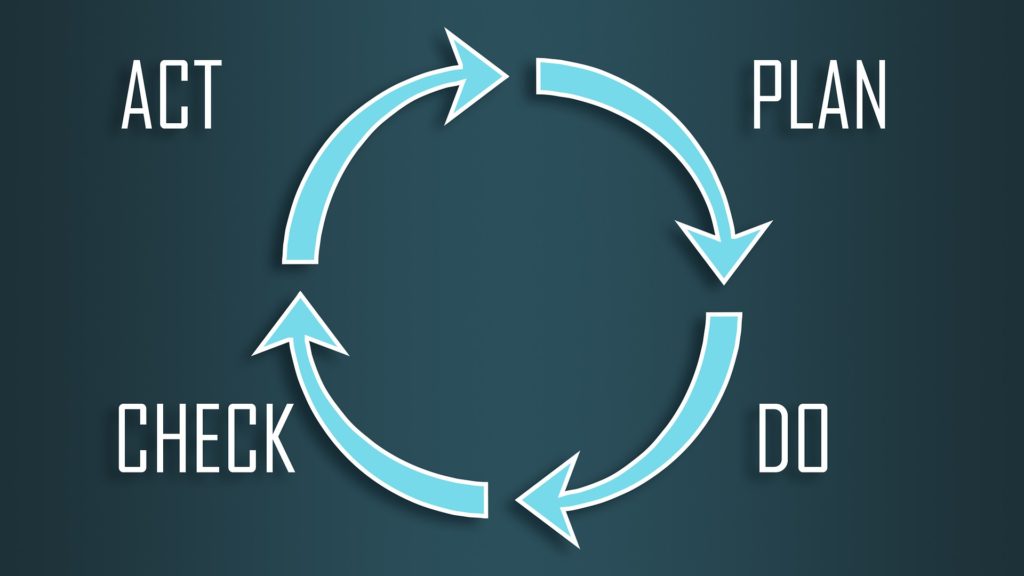
Software development projects are the most complicated process since they involve frequent changes, regular feedback, and a long list of aspects. With so many complexities, relying on traditional project management methods like the waterfall wasn’t a good option. This is what gave birth to the modern-day miracle of project management known by the name of agile methodology.
It has been 15 years since the agile methodology was introduced as a vital project management methodology for the software industry. But soon, everyone realized that this ideal project management method could be used in other industries as well. And this is what led to a spike in agile adoption in the past five years.
The agile methodology helps a team act quickly on the continuous feedback they receive during the project. Other project management approaches include the feedback aspect only after completing the project, but that is not the case with agile methodology.
So, if you are thinking about how the agile method works and why you should consider it for your firm, you have come to the right place. This blog post will make you familiar with every aspect of agile methodology.
How Agile Works?
Agile is an entirely different world, and therefore, there is no surprise in using different terminology while using the agile approach. Below is a summary of how agile works and a list of terminologies used in the agile method:
- All the features are used in the form of Stories, which helps identify the action, user, and benefits from that particular feature. You can consider this story as the one used in fiction novels with a plot, characters, and a single motive.
- All the stories used in the agile methodology are evaluated in terms of relative points, but many firms use ideal days instead of points. So, the story points give you an idea about the complexity and effort. After the completion of a story, the team working on that particular story can earn points.
- All the user stories are set according to their level of priority. This helps the team in delivering the highest value features before anything else. The entire team works collaboratively on the stories that rank on the top of the priority list from the backlog and within a decided time frame. The time duration in such cases is usually 1 to 3 weeks, and the iterations used in this case are known as sprints in the software industry.
- Regular team meetings are organized to keep track of the project’s progress and keep everyone updated. While using agile scrum methodology, such meetings are 15 minutes of daily standup meetings. But you must understand that these are not problem-solving meetings.
- After completing each sprint or iteration, the stakeholders meet to make changes, analyze the progress and decide what to do next. This is what we call a retrospective in the world of an agile project. It is entirely different from the traditional approach, where stakeholders meet long after completing the project, and such meetings are far too late to make any changes in the product.
- Burndown charts are used for keeping tabs on the progress of the project. The burndown charts used in an agile project give you an idea about work remaining over time.
Why consider agile methodology?
Customer-centric
While using any other project management approach, feedback will be taken into consideration only after completing the project, which increases the chances of coming up with a product full of issues. But in the case of an agile project, the customer is involved during the project’s development. Post that, the team works based on the feedback received from the customers.
Adaptable to change
If you are working on a software development project, you have to deal with frequent changes because of the changing demand of customers. But most of the project management approaches are completely sequential, and therefore there is little room for change. Luckily, that is not the case with agile methodology as it’s wholly iterative and has a broad scope for frequent shifts.
Nothing like a complete failure
While using any other type of project management approach, there will always be a chance of complete project failure. But since frequent changes are made in agile approaches while working on continuous feedback, there is no way you can completely fail with your project.
The working of agile methodology is effortless, and with the right strategy, you can shift to agile methods without any resistance and issue. So, thrive on the advantage of agile methodology and let your team flourish on a highly flexible project management approach.








